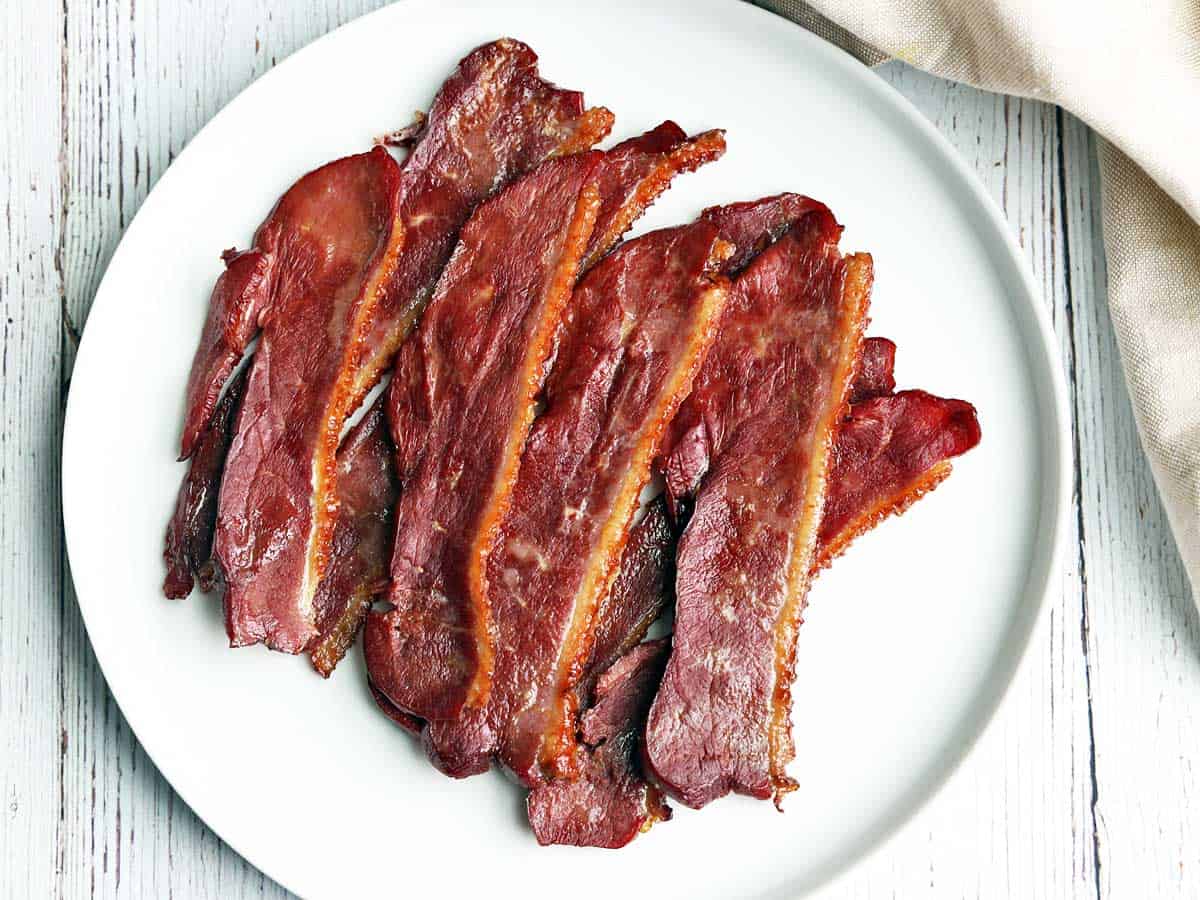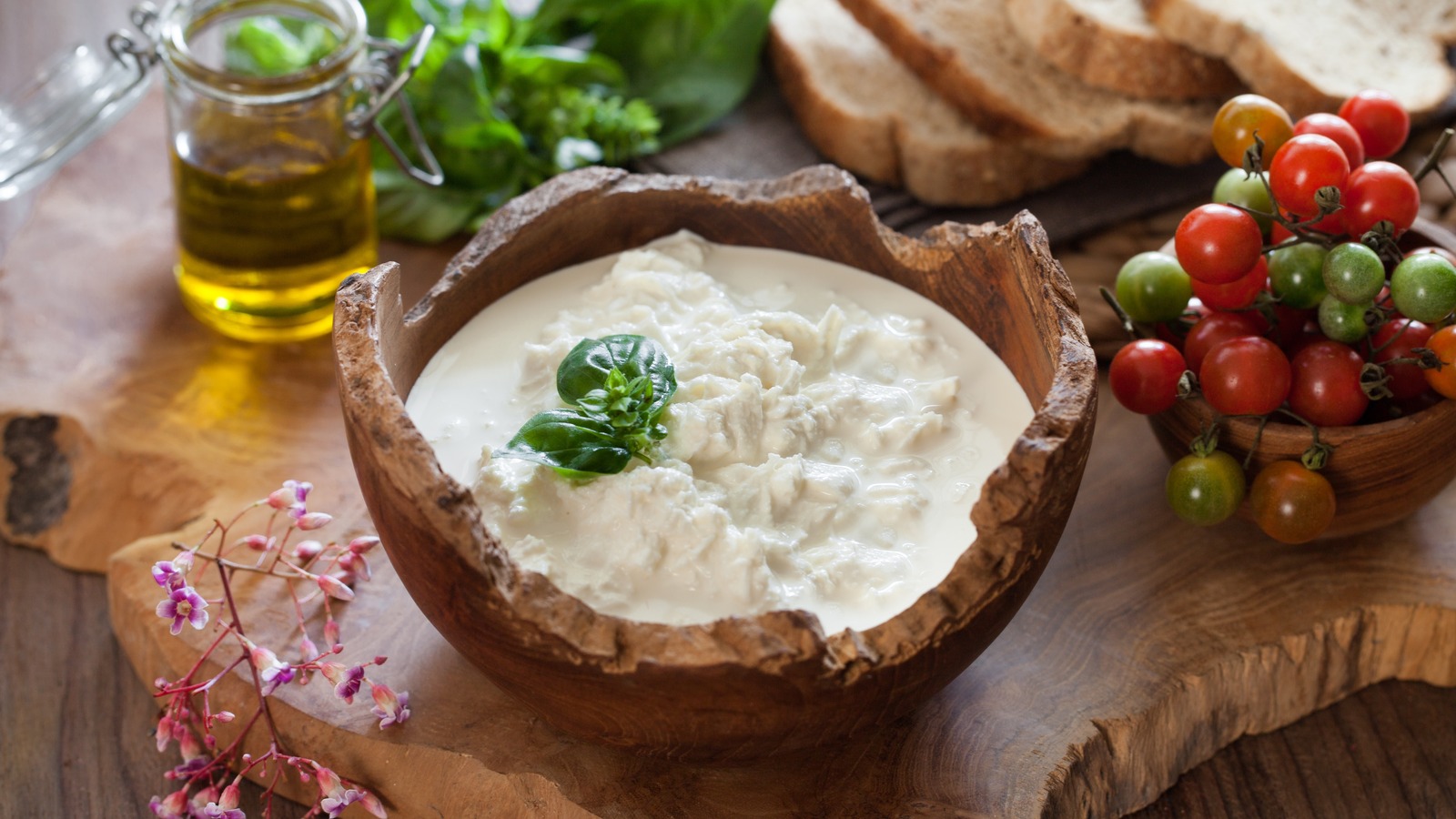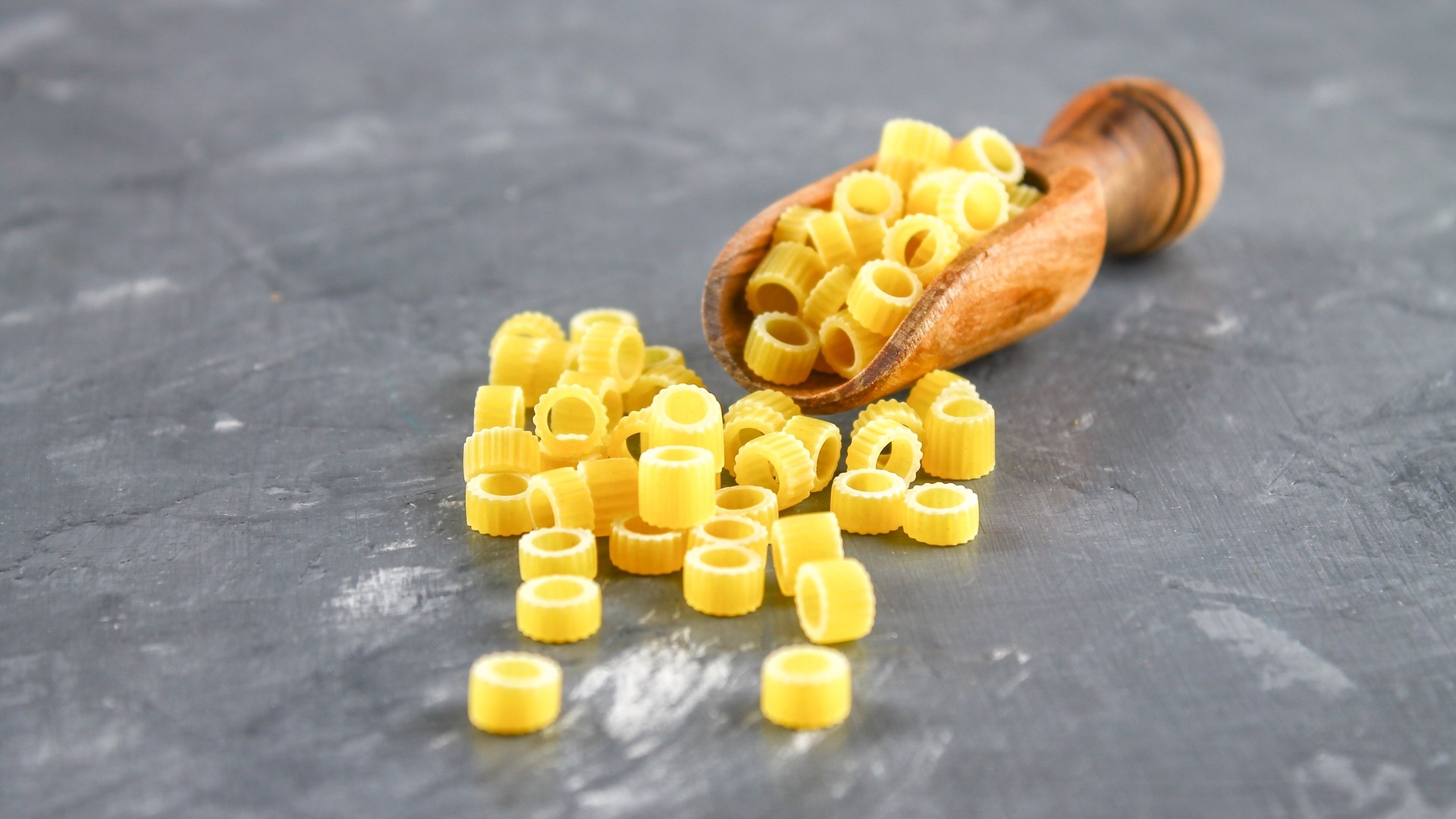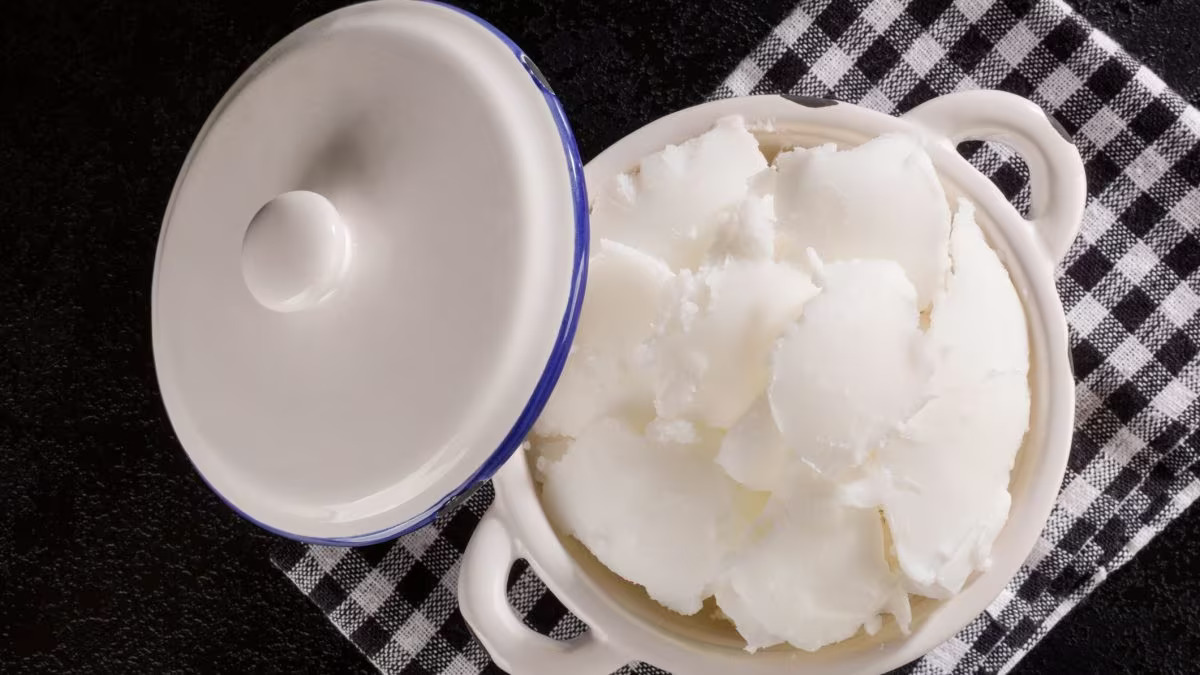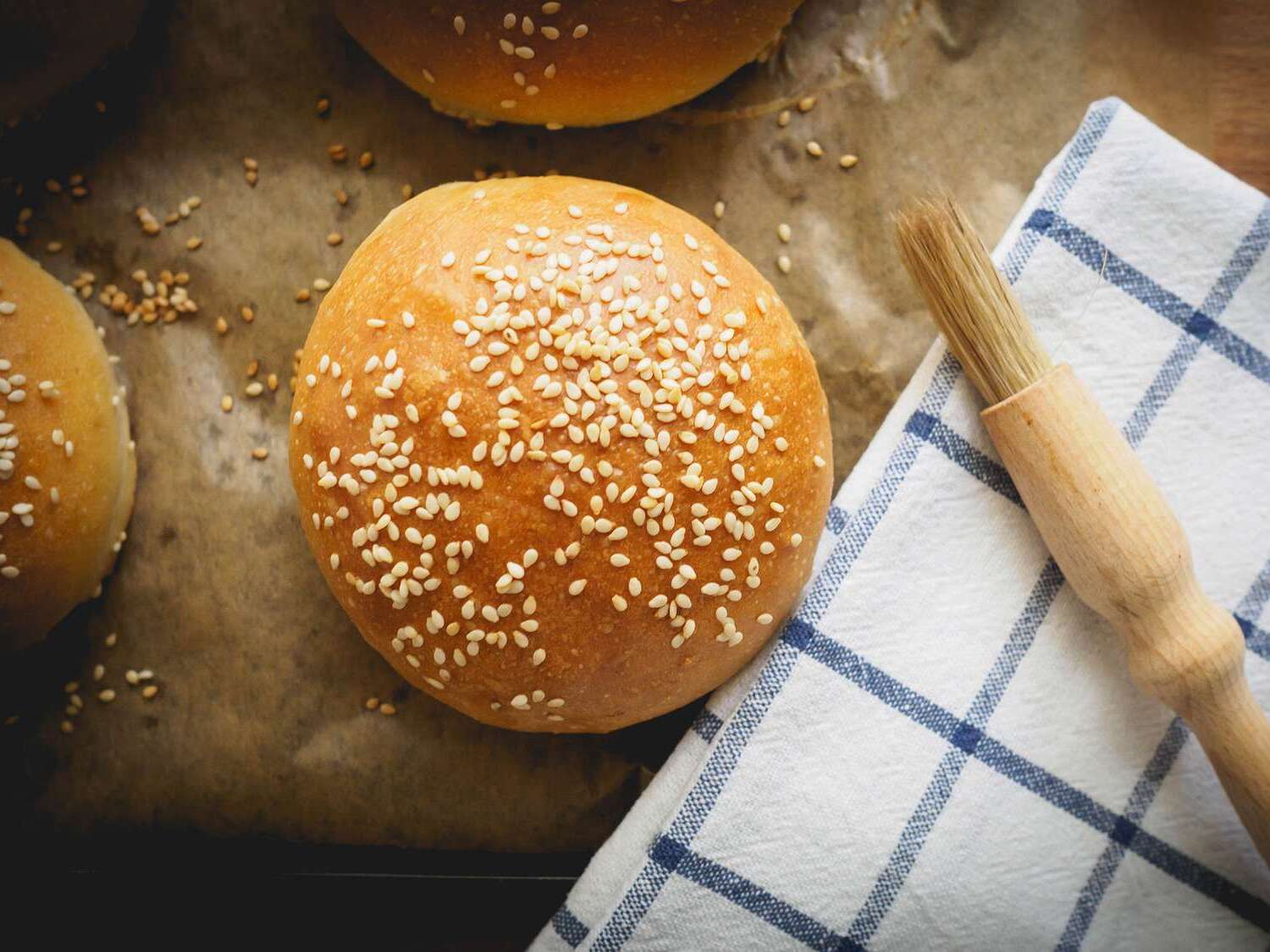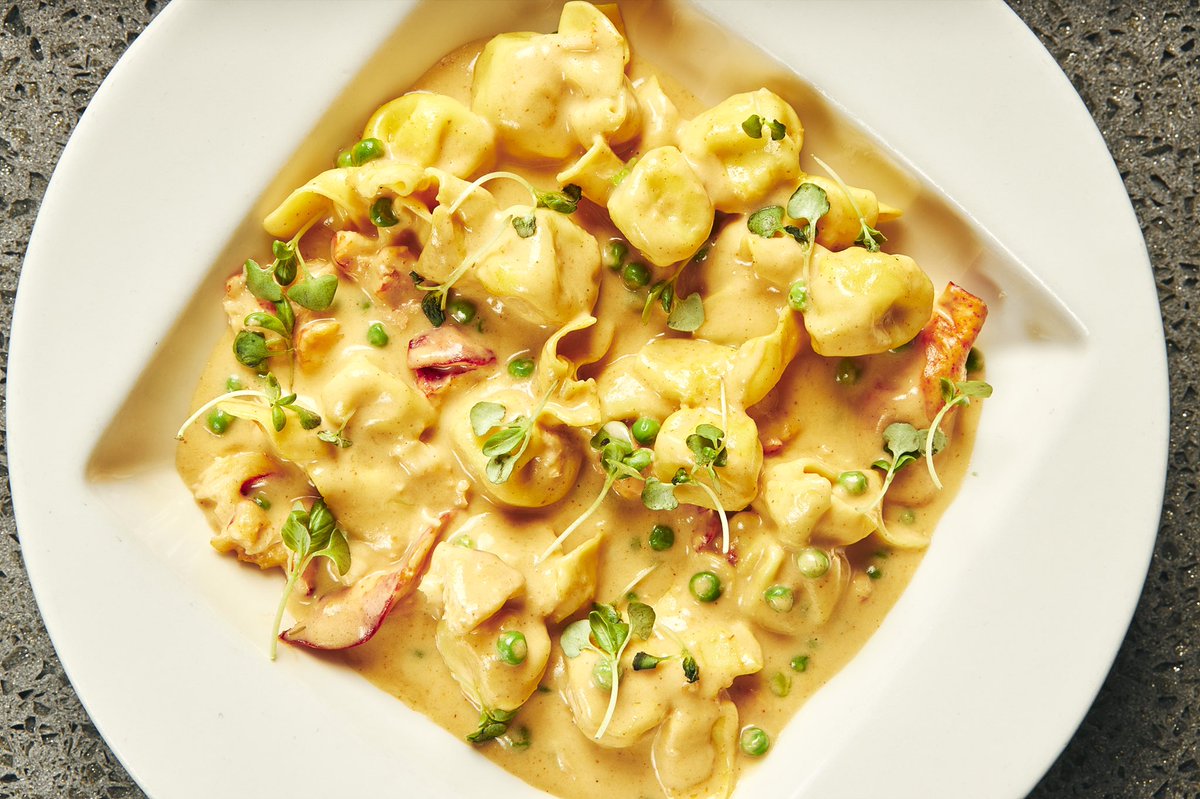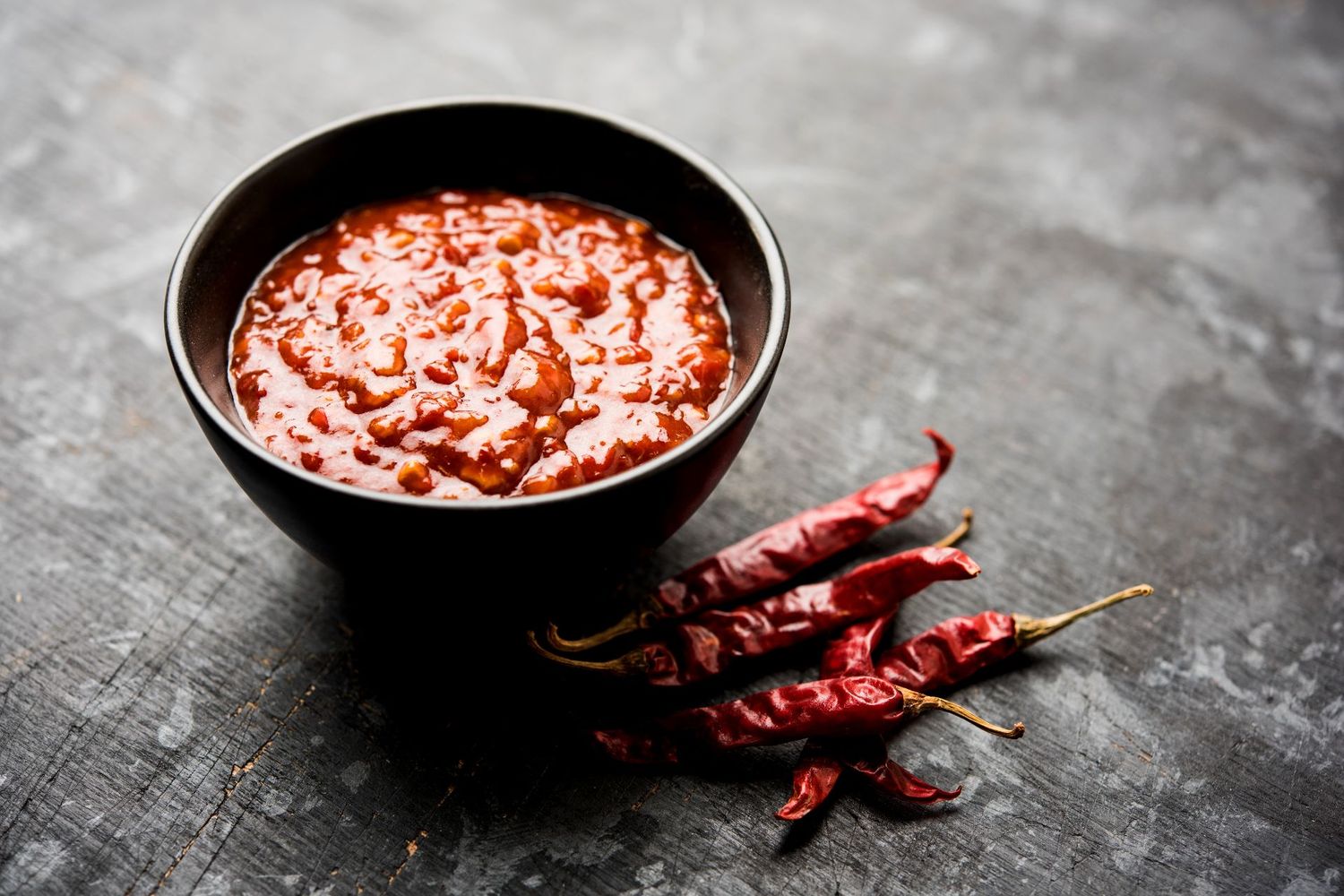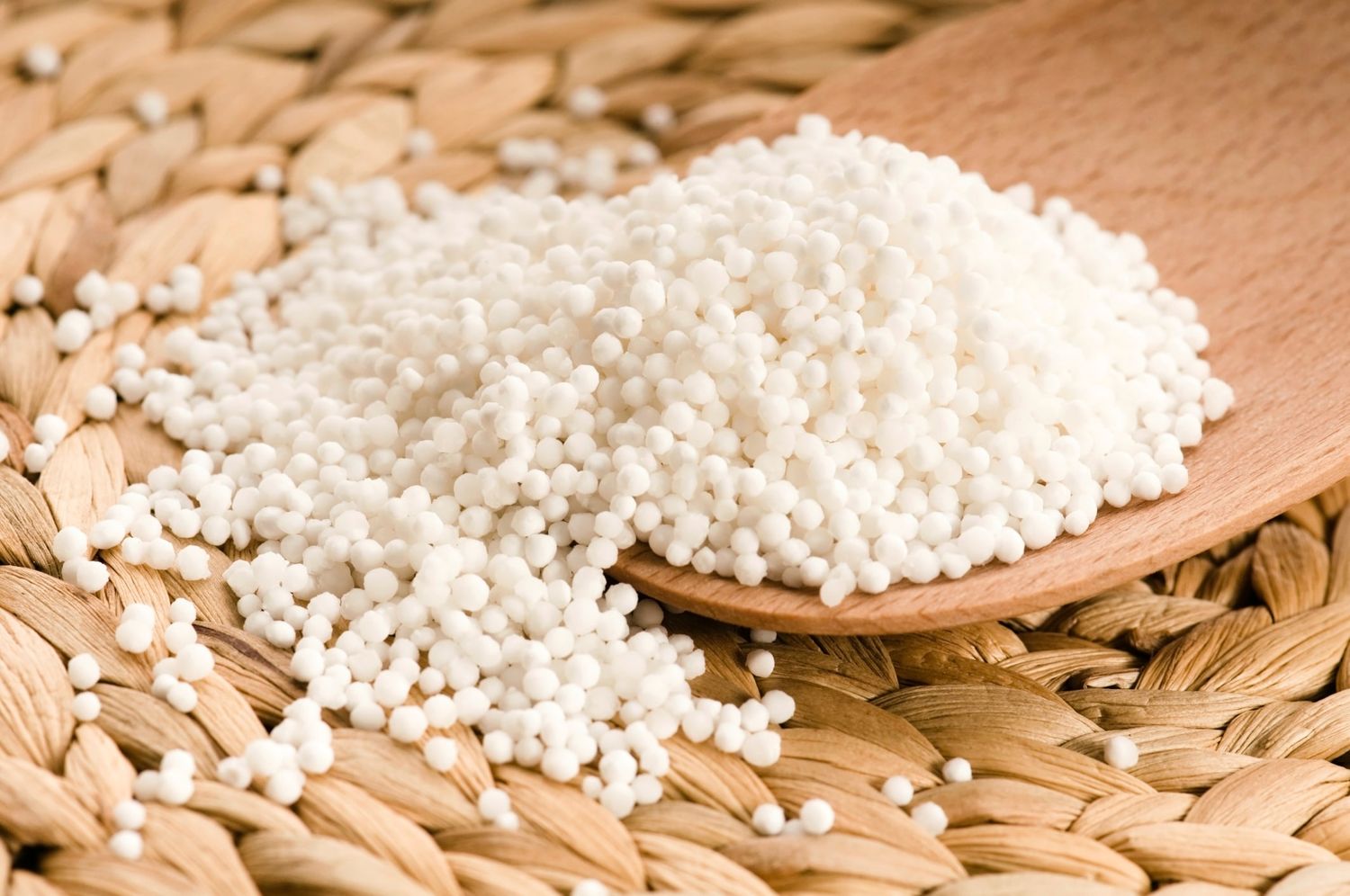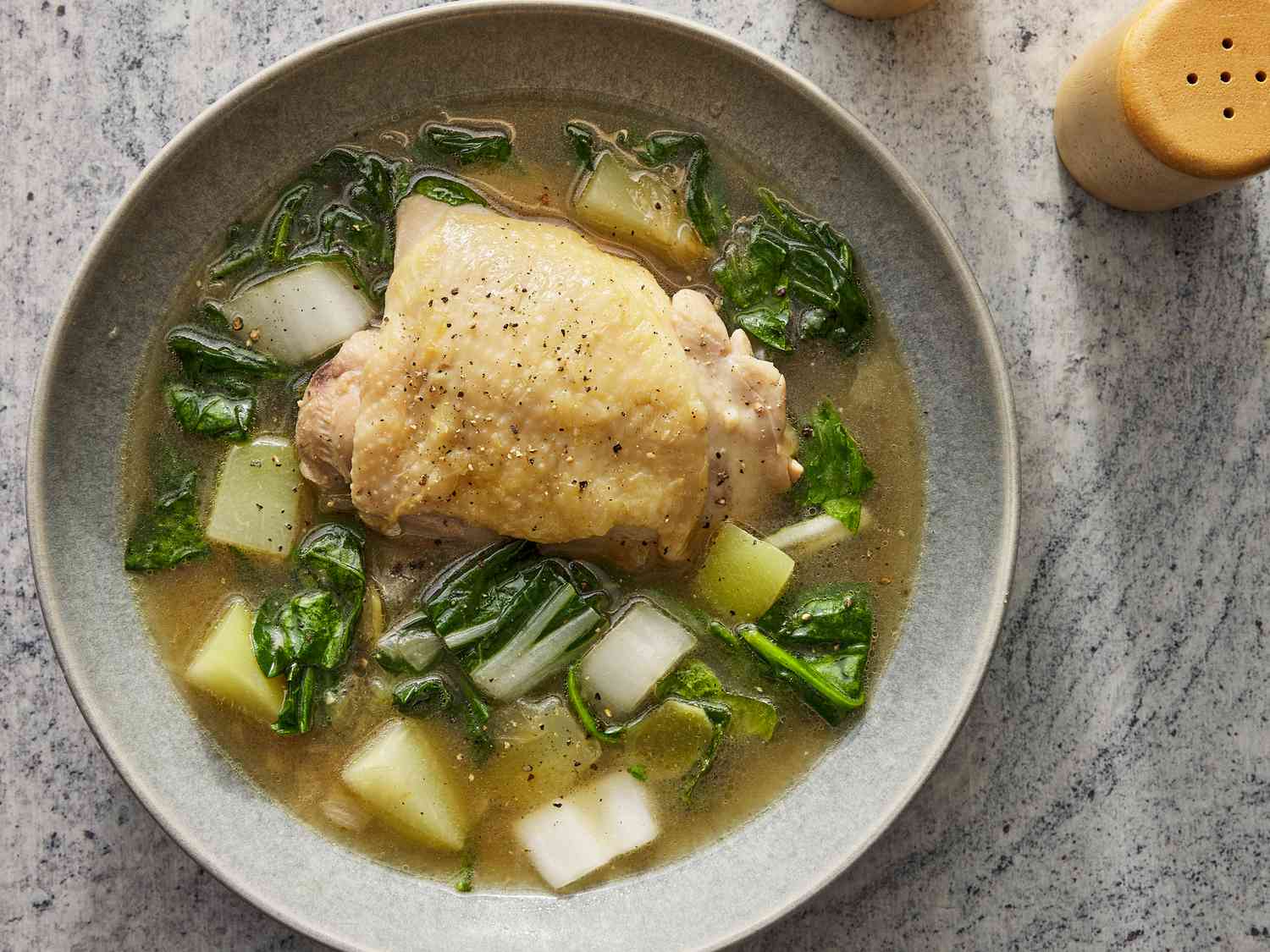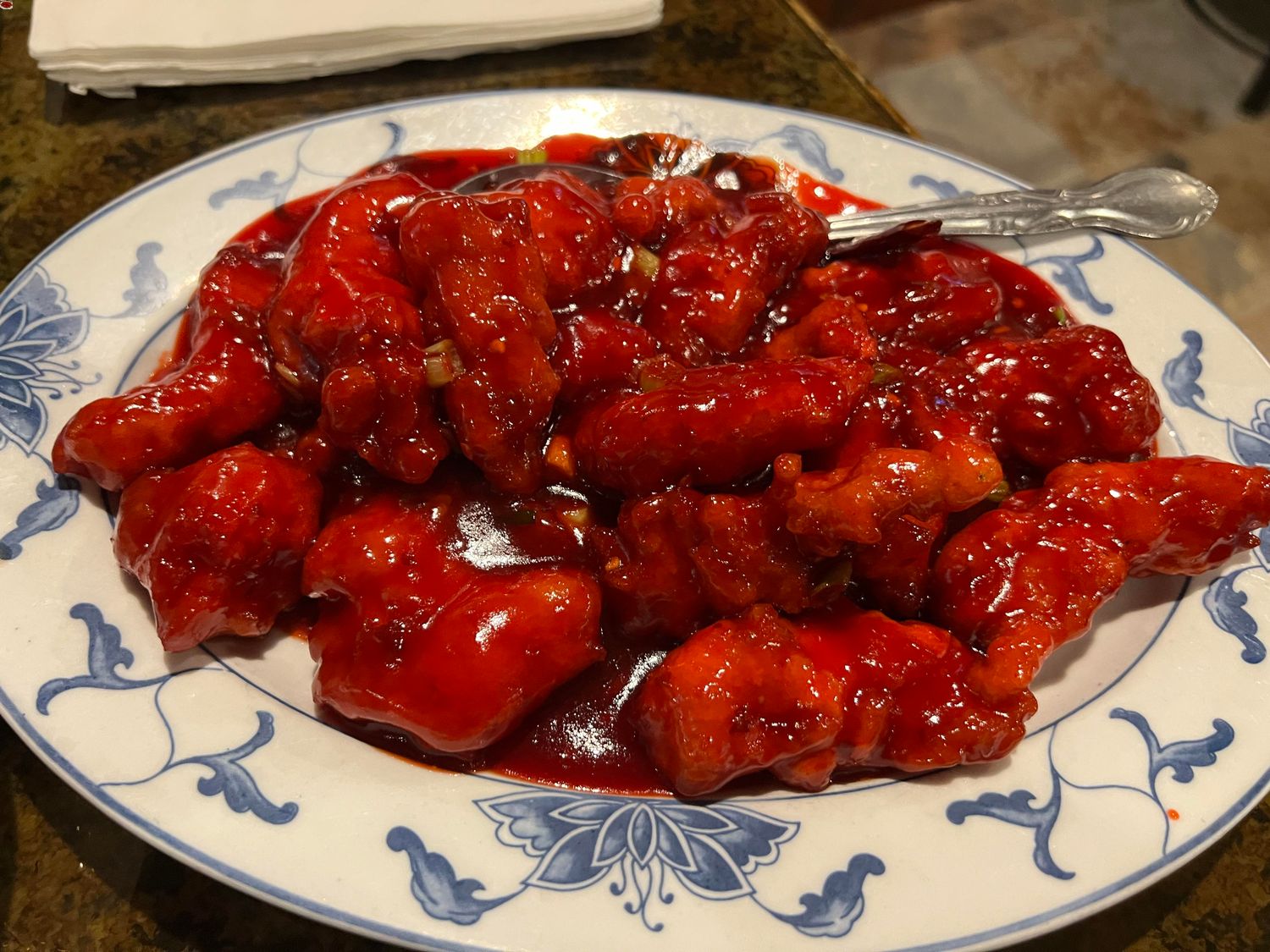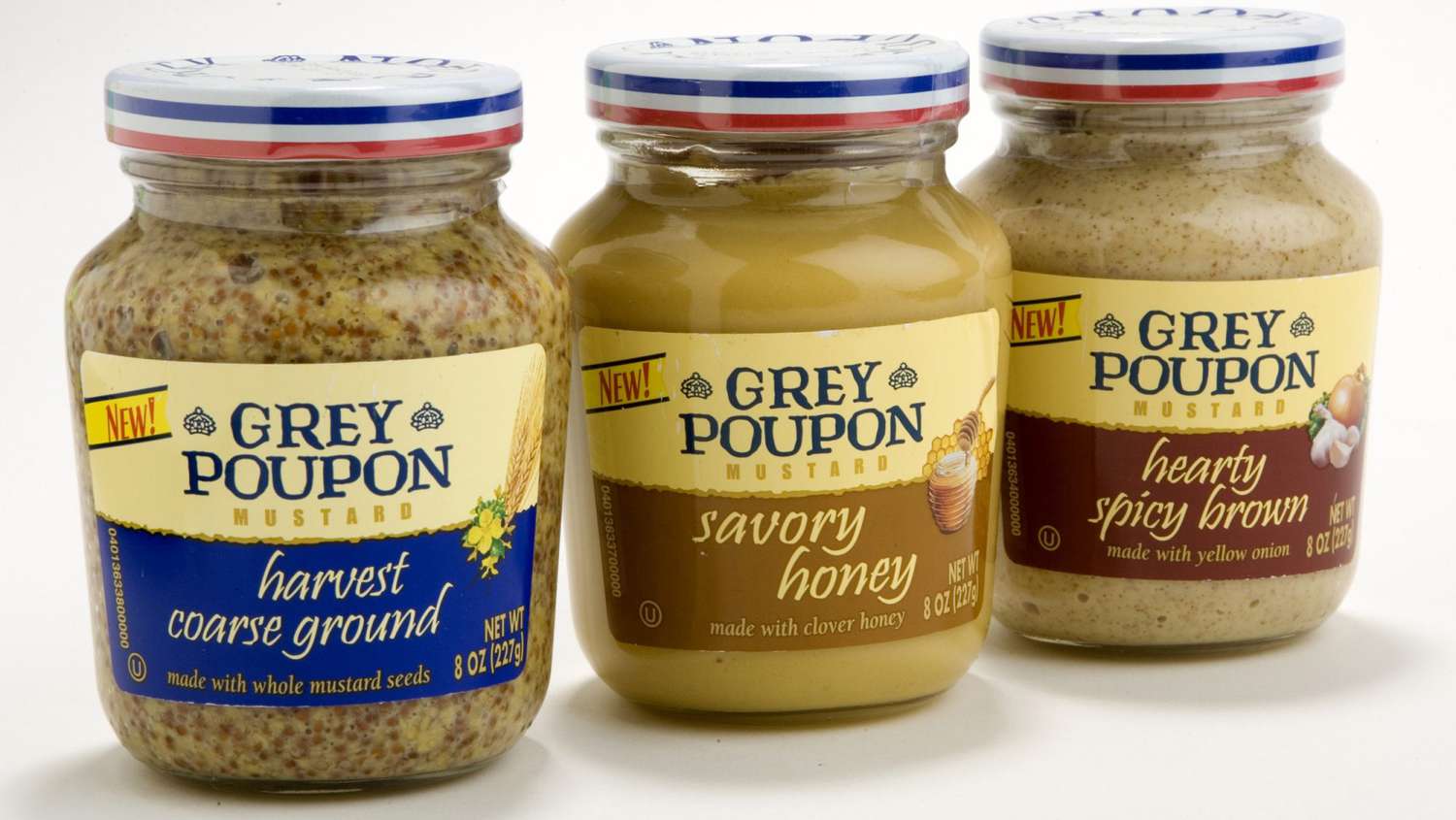Understanding Pudding: A Delicious and Versatile Dessert
When it comes to desserts, few are as comforting and versatile as pudding. Whether you enjoy it warm or cold, this creamy treat has been a favorite for generations. But what exactly is pudding, and how is it made? Let’s dive into the world of pudding and explore its many delicious variations.
What is Pudding?
Pudding is a type of dessert that is typically made by combining milk, sugar, and a thickening agent such as cornstarch or eggs. This mixture is then heated until it thickens to a creamy consistency. The flavorings can vary widely, from classic vanilla to rich chocolate, butterscotch, or even fruity flavors like banana or coconut. Pudding can be served warm, straight from the stovetop, or chilled in the refrigerator for a cool and refreshing treat.
The History of Pudding
Pudding has a long and rich history that dates back centuries. The word “pudding” itself comes from the Old French word “boudin,” which means “small sausage.” Originally, pudding was a savory dish, often made with meats, grains, and spices. Over time, the sweet, creamy version that we know and love today emerged as a popular dessert in many cultures around the world.
Types of Pudding
There are many different types of pudding, each with its own unique characteristics and flavors. Some popular variations include:
- Vanilla Pudding: A classic flavor made with vanilla extract for a simple yet delicious dessert.
- Chocolate Pudding: Rich and indulgent, chocolate pudding is a favorite among chocolate lovers.
- Butterscotch Pudding: With its caramel-like flavor, butterscotch pudding offers a sweet and buttery taste.
- Rice Pudding: Made with rice, milk, and sugar, this creamy dessert is often flavored with cinnamon and vanilla.
- Bread Pudding: A comforting dessert made with leftover bread, milk, eggs, and sugar, often flavored with spices and dried fruits.
How to Make Pudding
Making pudding at home is a simple and rewarding process. While there are many variations on the recipe, a basic pudding recipe typically involves the following steps:
- Combine milk, sugar, and a thickening agent in a saucepan.
- Heat the mixture over medium heat, stirring constantly, until it thickens.
- Remove the pudding from the heat and stir in any flavorings or additional ingredients.
- Pour the pudding into serving dishes and chill in the refrigerator until set.
Once you have mastered the basic pudding recipe, you can experiment with different flavorings and add-ins to create your own unique variations.
Enjoying Pudding
Pudding can be enjoyed in a variety of ways. Whether you prefer it warm and comforting on a cold day or chilled and refreshing in the summer, there’s a pudding flavor for every occasion. Pudding can be served on its own, topped with whipped cream or a sprinkle of cinnamon, or used as a delicious filling for pies, tarts, and other desserts.
So, the next time you’re craving a sweet and creamy treat, consider making a batch of homemade pudding. With its rich history and endless flavor possibilities, pudding is a dessert that is sure to delight your taste buds and bring a smile to your face.
Whether you enjoy classic vanilla, indulgent chocolate, or comforting rice pudding, there’s a pudding flavor for everyone. So, why not try making your own batch of homemade pudding and savoring the creamy goodness for yourself?
Was this page helpful?
Read Next: What Is Pressed Chicken?
